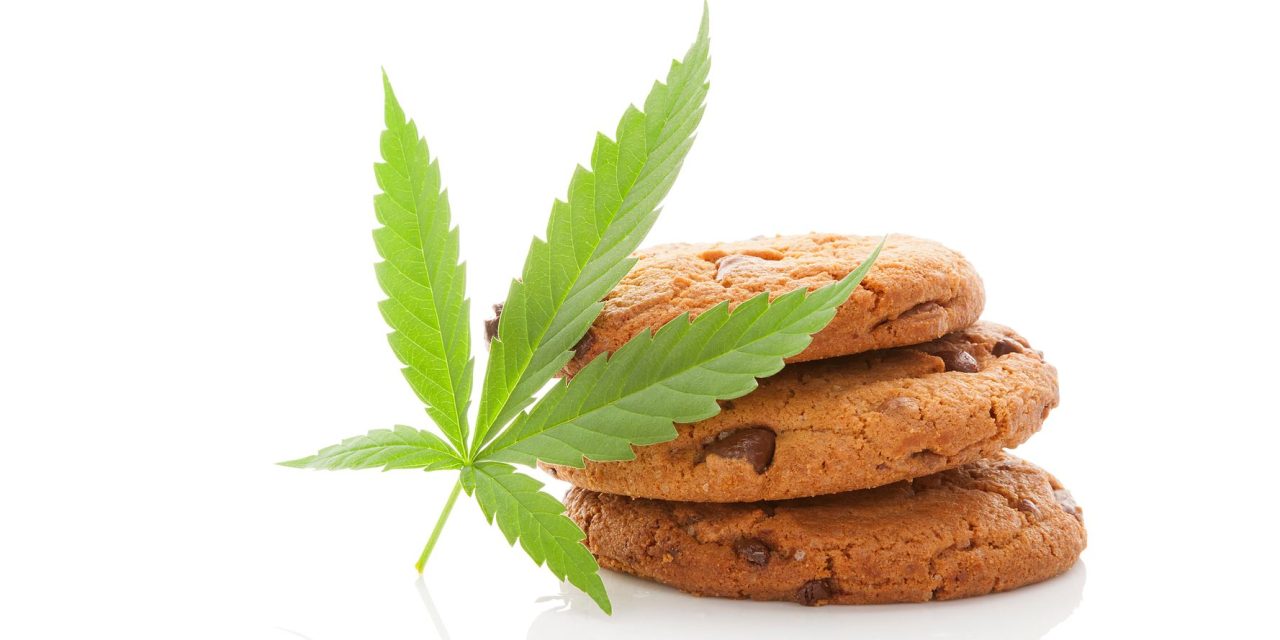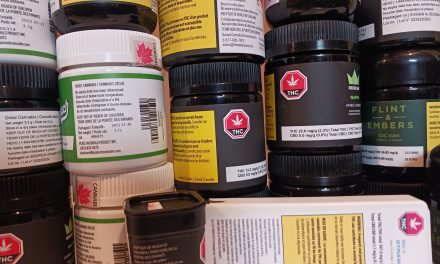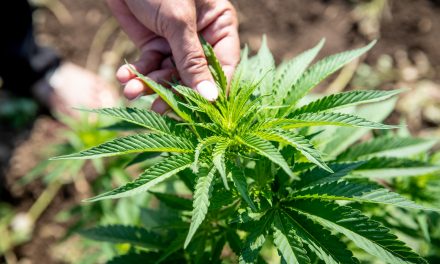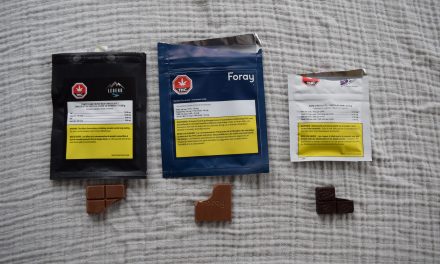By Justin Allec
Last month when I looked at the intersection of medical cannabis and the recreation market, I found that the two systems have much in common. What matters for the end user is intent: are you using cannabis just to unwind at the end of the day, or are you using it to manage a condition? If it’s the latter situation, then you’re probably using cannabis as an alternative to regular medication or in addition to other prescribed medications.
If you are using medical cannabis, then it might not even be for the primary effects of the substance, but its side effects. In particular, the way cannabis stimulates your appetite (the munchies) is touted as a great solution to many side effects from cancer treatments. The idea is that cannabis usage counters the side effects of treatments like chemotherapy and helps with pain relief. If radiation therapy erases your appetite, the thinking goes, using some cannabis after the treatment will trigger the munchies and help you get it back.
Like everything related to cannabis and the human body, though, it isn’t that simple. A survey of available studies on cancer treatments and cannabis usage doesn’t really convince you of anything, except that we still don’t know enough about cancer or cannabis. However, the experts at the Canadian Cancer Society (CCS) have taken a gentle approach to cannabis that’s very much in line with what most people would recommend: talk to an expert, use low doses, and go slow.
CCS acknowledges the euphoric effects of cannabis, and that this can benefit cancer patients by helping them feel relaxed and increasing feelings of well-being. Beyond that, it really depends on the individual. Take the problem of nausea and/or vomiting, a well-known side effect of chemo and radiation therapy. If you were to simply consume some cannabis, it might actually increase your levels of nausea and introduce some dizziness, depending on the strain’s characteristics. If you raised the problem with your medical team, they might prescribe a drug like Nabilone for relief, which contains synthetic cannabinoids. Nabilone has some of the same chemistry as recreational cannabis, but it’s clearly a prescription drug that has had the clinical trials to prove its effectiveness. Pain relief is similar—some people report some relief after using recreational cannabis, but others may need to be prescribed a drug like Sativex. Combining delta-9-THC (Tetranabinex) and cannabidiol (Nabidiolex), Savitex can help with pain relief from advanced cancer where opioids fail.
The gentle approach is nice, but the message from CCS is still clear: there isn’t enough evidence about cannabis to recommend it in all cases. In some instances, cannabis might even make symptoms worse—a person with lung cancer obviously shouldn’t be consuming by smoking, for example. If you are suffering and are interested in cannabis to help you manage symptoms, please contact your health care team.














